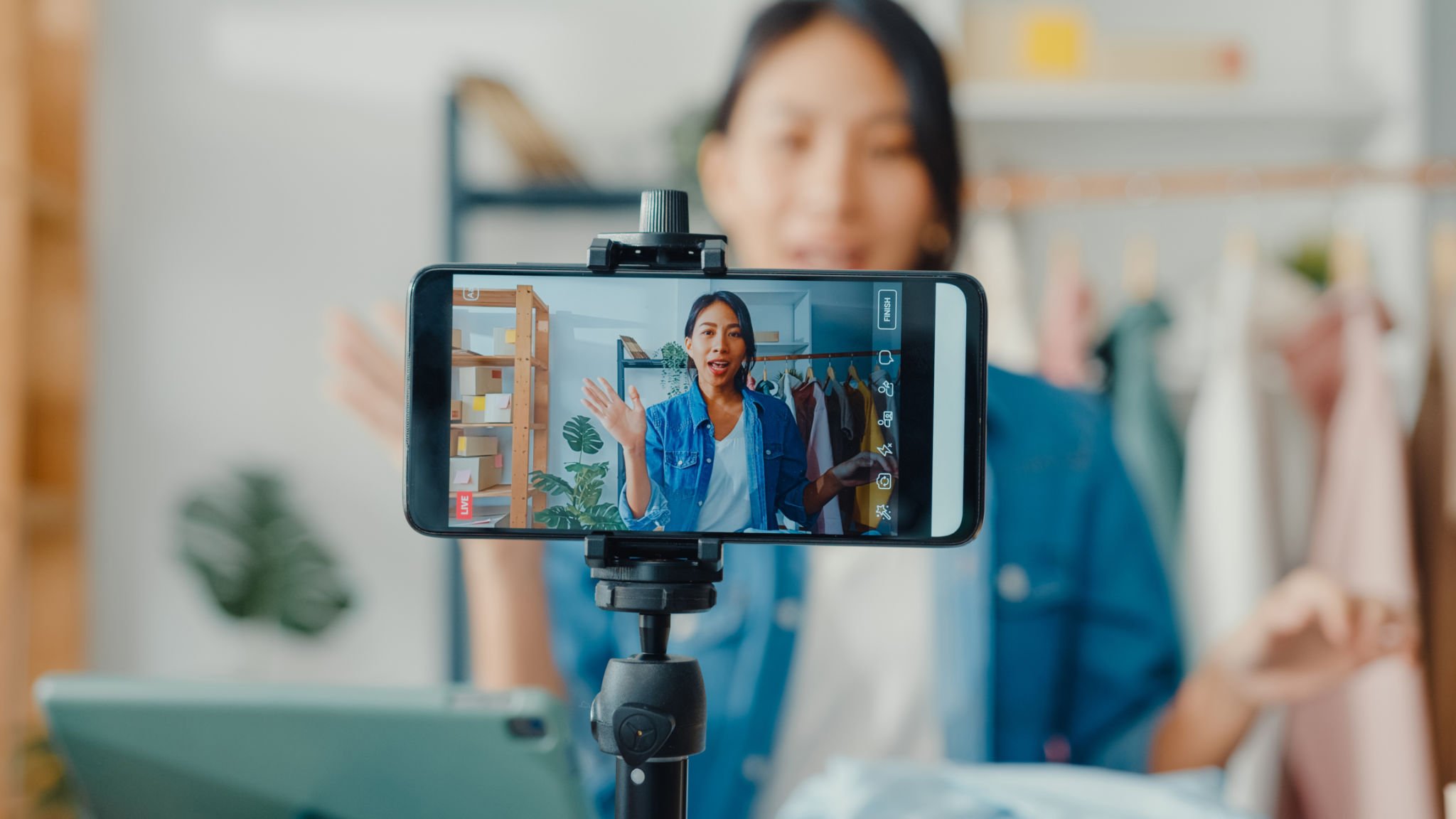Common Misconceptions About Influencer Marketing Debunked
Understanding Influencer Marketing
Influencer marketing has become a buzzword in the digital marketing landscape, yet many misconceptions still surround this powerful tool. It's important for businesses to fully understand what influencer marketing entails to effectively leverage its benefits. Let's explore some common myths and provide clarity on this dynamic marketing strategy.

Myth 1: Influencer Marketing is Only for Big Brands
A prevalent misconception is that influencer marketing is exclusive to large brands with substantial budgets. In reality, influencer marketing is accessible to businesses of all sizes. Small and medium-sized businesses can collaborate with micro-influencers, who often have highly engaged audiences. These influencers can offer targeted reach and authentic engagement without breaking the bank.
Micro-influencers, typically characterized by having between 1,000 to 100,000 followers, are known for their niche communities and higher engagement rates. This makes them an excellent option for brands looking to target specific demographics effectively.
Myth 2: Influencer Marketing Guarantees Instant Results
Another common misconception is that influencer marketing delivers immediate results. While it can drive quick engagement, influencer campaigns are most effective as part of a long-term strategy. Building genuine relationships with influencers and their audiences takes time and consistency.

It's crucial to set realistic expectations and understand that the true value of influencer marketing often lies in brand awareness, audience trust, and long-term customer relationships, rather than just immediate sales.
Myth 3: High Follower Count Equals High Influence
Many believe that the number of followers an influencer has directly correlates with their influence. However, this isn't always the case. True influence is about engagement and the ability to sway followers' opinions or behaviors. An influencer with a smaller, more engaged audience can be more valuable than someone with millions of passive followers.
- Focus on engagement rates rather than follower counts.
- Evaluate the influencer's content quality and audience interaction.
Myth 4: Influencer Marketing is Difficult to Measure
Some businesses shy away from influencer marketing because they believe it's challenging to measure its effectiveness. While it does require different metrics than traditional marketing, it is by no means impossible to track results. Metrics such as engagement rates, conversion rates, and brand mentions can provide valuable insights into the success of a campaign.

Utilizing tracking tools and setting clear objectives can help businesses assess the impact of their influencer partnerships effectively.
Embracing the Benefits of Influencer Marketing
By understanding these common misconceptions, businesses can better harness the power of influencer marketing. This approach offers unique opportunities for brands to connect with their target audience in a genuine way. With careful planning and strategy, influencer marketing can be a transformative tool for any business looking to expand its reach and deepen its customer relationships.
In conclusion, dispelling these myths allows companies to approach influencer marketing with a more informed perspective and maximize its potential benefits.
